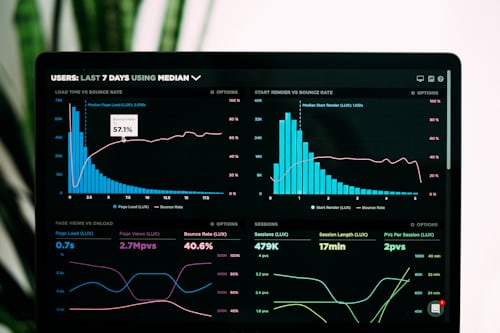The stock market at a glance
Bears and bulls
A bull market is a stock market with rising prices and a bear market is one with falling prices. The bull and the bear stand larger than life, cast in bronze, in front of the Frankfurt Stock Exchange.
Meaning can only be deduced
No one can give a precise explanation for the symbolism of the two animal figures. However, there are attempts at interpretation that seem quite plausible. The closest interpretation has to do with the fighting tactics of the two.
Bull stands for upswing
The bull tries to take his opponent on the horns by swinging his head with the horns powerfully from the bottom to the top, which can be interpreted as a symbol for upward movements on the stock market. A bull market moves stock trading powerfully upwards and ensures rising prices.
In a "bullish" environment, bad company news is often neglected because the majority of investors assume a very positive overall market development.
The bear symbolises inertia
The bear strikes with its huge paw with destructive force from above downwards. In the stock market, this metaphor means that prices are falling. The whole market is moving downwards, even if there is hardly any fundamentally bad news.
Good company figures, isolated positive assessments or friendly news often cannot help in such an environment. Figuratively speaking, the stock market freezes before the bear. Speculators who bet on falling prices have an advantage.
Historical explanations in circulation
There are also some interpretations of bull and bear that refer to historical backgrounds. The Crimean War in the 19th century, in which the English troops were successfully led by Sir John Bull against the Russians, whose national symbol is the bear, is one of them.
In the 17th century, known for its bloodthirsty performances with animals, it is said that exhibition fights between bull and bear were also staged near the London Stock Exchange for popular amusement.
Animal symbols as a barometer of mood
It does not matter where the two leading animals of the stock exchange in https://exness-vietnam.xyz/ come from. The important thing is that they reflect the mood on the trading floor. For potential investors, it is not only the fundamental data of the individual stocks that play a role in deciding on investments on the stock market, but, above all, the tendency of the mood among market participants as far as the time of investment is concerned.
Bull market and bear market
In addition to the distinction between bull and bear markets for upswing and downswing phases, market participants also use the French terms bull market and bear market for the same phenomena.
Baisse describes a state of depression
In a bear market, the phase in which prices move downwards and which is referred to as a bear market, the market moves downhill even without external influences. The mood among market participants is bad. Investors who make money in these times make their money through scepticism and disbelief, speculating on further losses or buying put options.
The bull market prevails a mood. The bull market is optimistic. Here, shares are bought in the hope of an upward trend. Bear and bull markets - bear and bull markets - are opposites. Both cause prices to climb and fall. Bull and bear markets are caused by fundamental economic upheavals, such as business cycles, or by speculation.
Upward and downward swings
An excessive bull market can generate exaggerated earnings expectations and lead to speculative bubbles. A clear example of this is the internet hype around the year 2000, which was followed by a huge slide in prices. However, this bear market was also exaggerated and could have led to a stock market crash if investors' negative expectations had escalated further.
Recognising reversals
Investors' expectations play a decisive role. The transitions between bull and bear markets hold considerable potential in terms of investor gains and losses. Increased attention should be paid to surprises. A bull market is often characterised by a series of positive surprises; a series of negative surprises may imply a bear market. So-called technical analysts strive to use chart analysis to forecast the trend of the market and, of course, the turning points between upswings and downswings.






